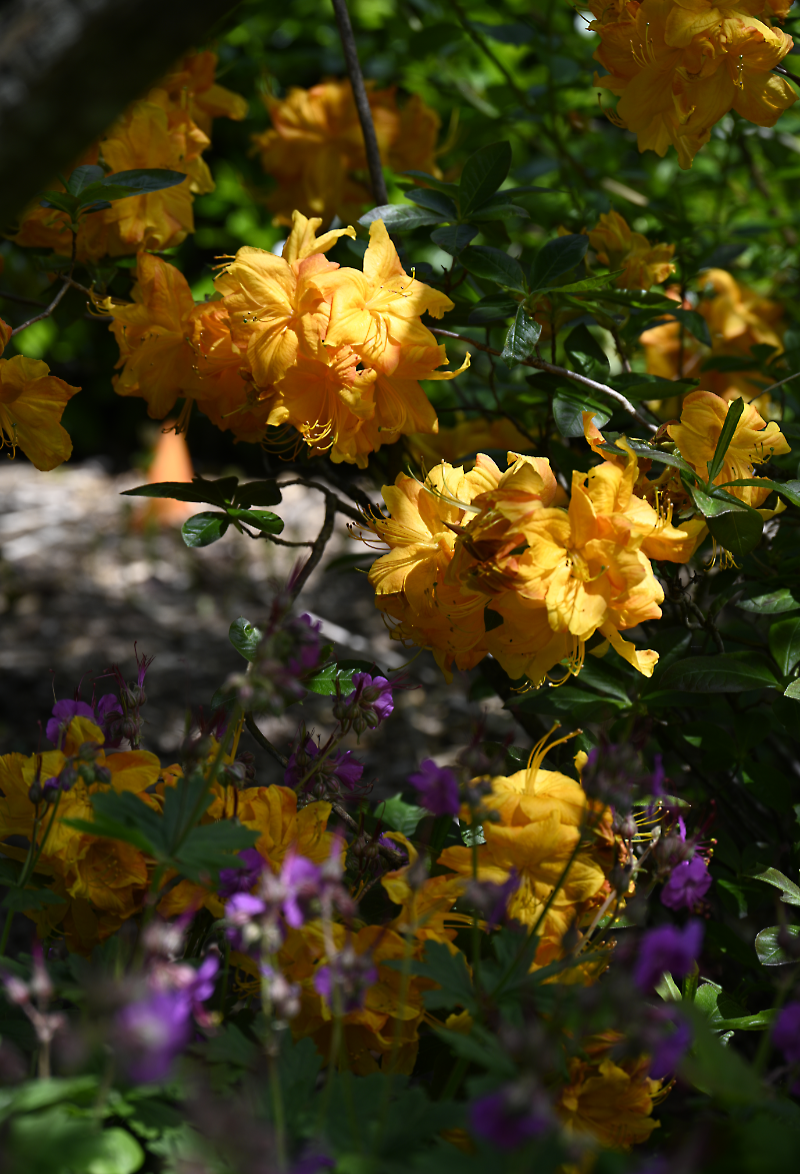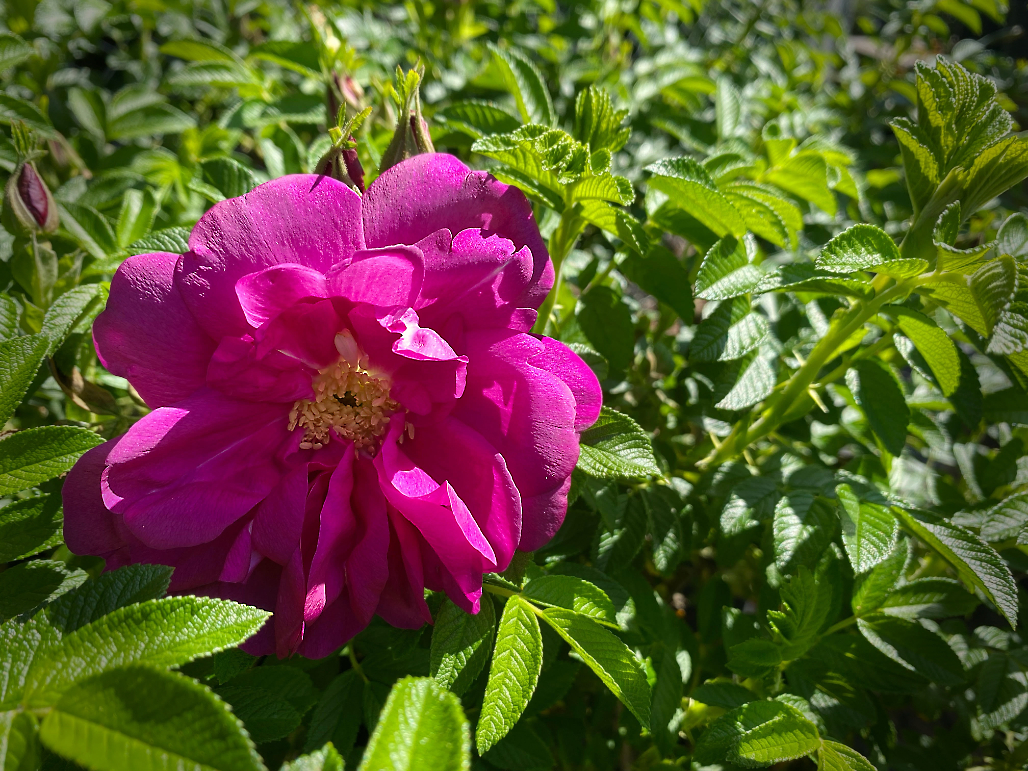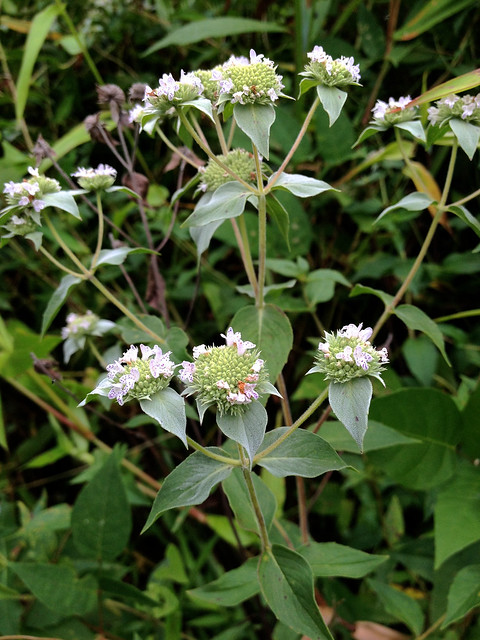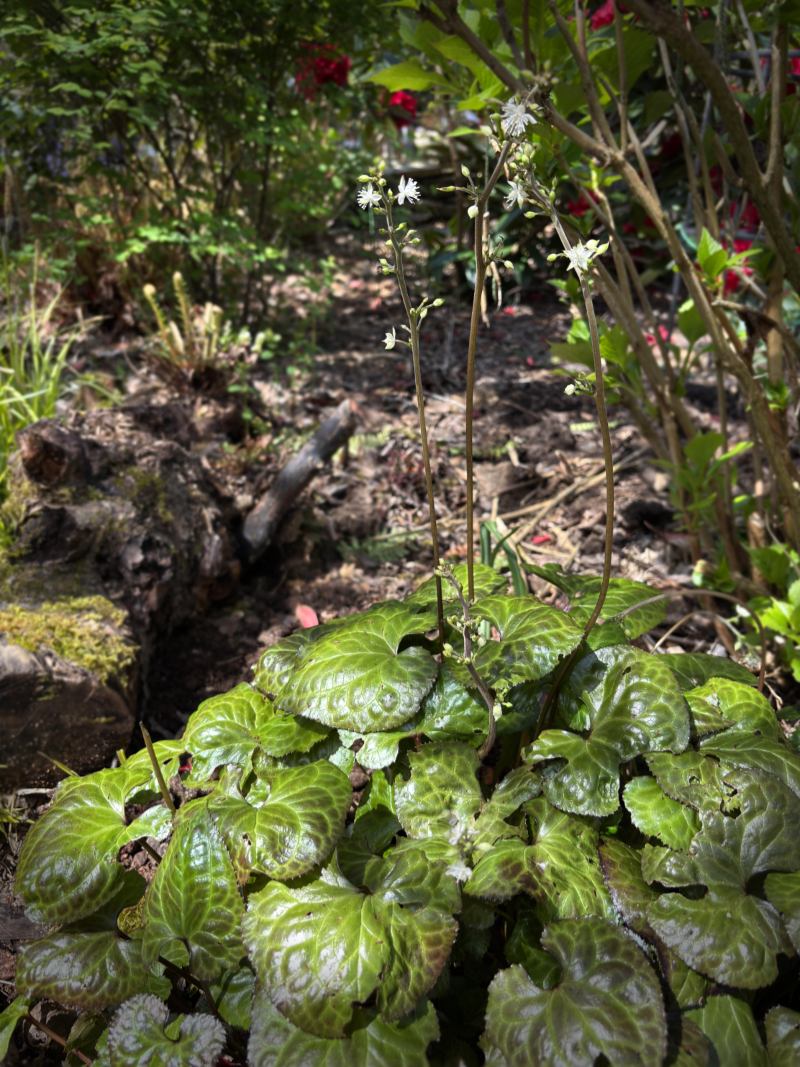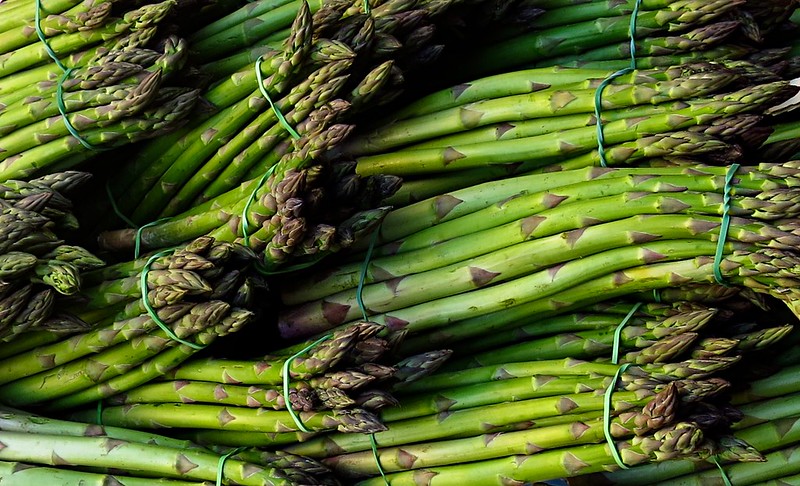
Growing Asparagus
Asparagus plants are now in stock!
Growing asparagus requires time and patience but it is worth the wait and good preparation and planning can result in years of crops.
Good soil preparation is a must as plants will not perform well in heavy soils. First, select a sunny location (at least six hours). If planting in open ground, as opposed to a planter box, you will create a raised area. First, remove all sod and weeds. Dig down to about 1 foot and mix in a generous amount of organic matter such as aged manure or compost. Mix in slow-release fertilizer and lime.
Once the bed is prepared, make a trench 12 inches wide and 8 inches deep. Set aside the soil that was removed (you will use that soil to cover the plant spears as they emerge from the ground). Set the plant crowns on slight mounds at least 12 inches apart and spread the roots out evenly. Cover with 2 or 3 inches of soil. As the spears lengthen through the spring, fill in the trench with soil, leaving the tips exposed. Keep the soil moisture consistent through the first year so the asparagus crowns can get established. After that, plants are drought tolerant.
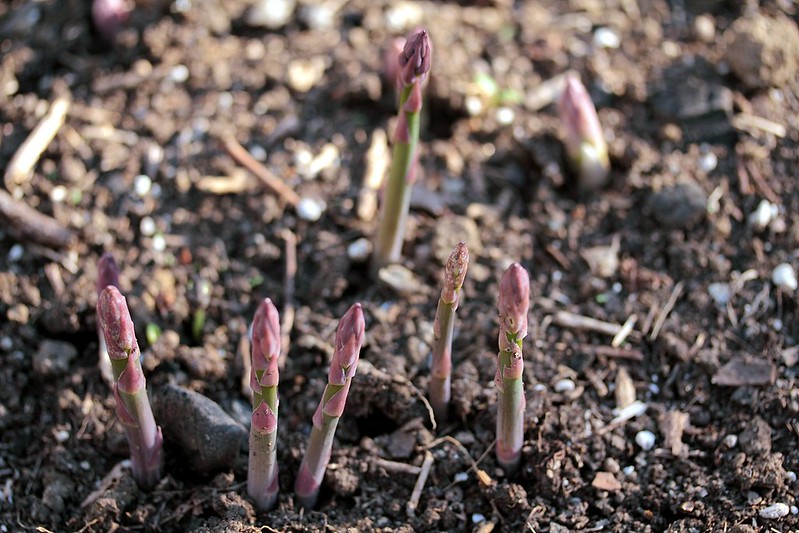
Emerging spears should be gradually covered with soil, leaving the tips exposed. (Photo by Rob Ireton, Visual Hunt)
During the first year, do not harvest the spears. The plants will grow tall, sometimes 6 feet high or more and form “ferns” which should be left as they supply nutrients to the plant. The second spring after planting, lightly harvest only a few shoots, limiting this activity to one month or less. During the third year, regular harvesting can begin. This is best done beginning during a 2 week period and then waiting another two weeks for foliage to form. Then, harvesting can resume for up to 10- 12 weeks.
During the growing season, beginning in late February, keep an eye out for slugs and apply slug bait as needed. Other pests include asparagus beetles and cutworms. These pests can be controlled with organic sprays such as Spinosad and insecticidal soaps.
In the fall, clean up the beds by cutting down the stalks and removing any foliage. Cover the bed with an inch or two of compost. Apply lime in late winter or early spring at least every two years.
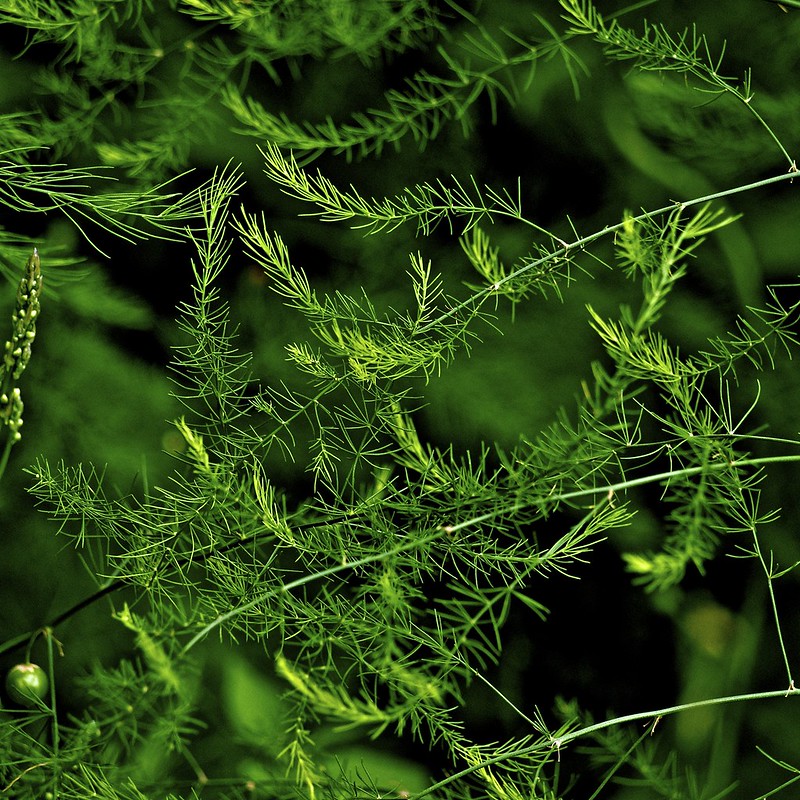
The fern-like foliage turns from green to gold in autumn. (Photo by David M. Strom, Visual Hunt)

